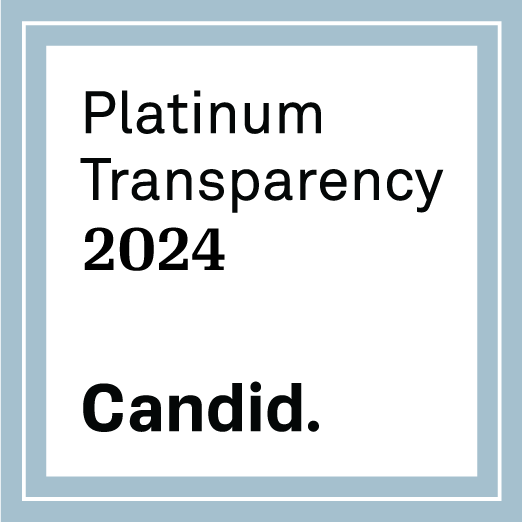IIRR’s newest initiative, Mission Net Zero (MNZ), is our contribution towards the global push to achieve Net Zero, while also continuing our decades-long tradition of work for social and economic improvement in our partner communities.
Mission Net Zero is committed to a gender-aware approach. It utilizes this gender lens to guide its implementation in five focus areas: Regenerative Agriculture, Agroforestry, Rural Energy, Mangrove Reforestation, and Peatland Conservation.
In implementing each of these interventions we will achieve natural carbon sequestration and/or emissions reduction, while also delivering social, economic, and gender benefits to rural communities.



